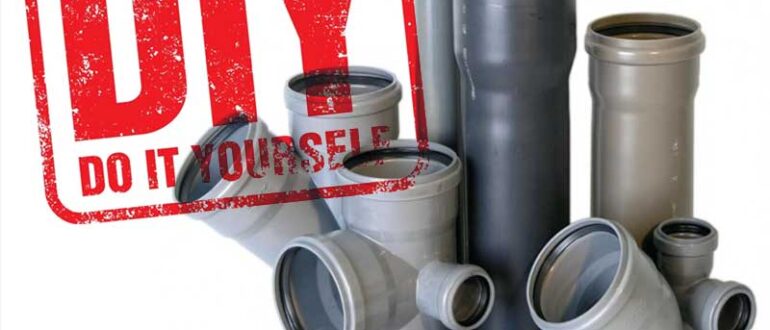Leaky water pipes are found in plumbing systems that are used daily and always intensively by their owners. The appearance of leaks in such systems is not uncommon, and damage is found in both metal and plastic pipes. If such a situation can arise in the house, it is better for the owners to find out in advance how to repair water pipes without welding.
Pipes and how to repair them
Leakage can be provoked by many factors – for example, carelessness in operation, installation, carried out not quite correctly, a strong wear and tear of the material. This can happen with traditional metal products as well as with pipes made of various types of plastic.
There are several methods for repairing leaks:
Chemical
In this case, a compound is used that is able to stop the water by sealing the defect. The role of “savior” is a silicone sealant, or another type of adhesive.
Mechanical
Such repair consists of using improvised means. As a rule, harnesses, self-tapping screws, clamps, self-made “plugs” etc. are used.
Combined
This use of both methods at once, so such a “massive attack” is considered more effective.
Any repair of water pipes without welding can be done in two ways: the water is either shut off or not. The decision depends only on the size of the leak, and the area it has “blessed”. If the diameter of the leak is less than 3 mm, you can work without stopping the water but you have to be quick about it. Larger “holes” do not allow you to do without this step. But before you start a serious “study” of the scale of “tragedy”, the central valve must be shut off.
A leak is detected
After stopping the flow of water trying to minimize the damage that the fistula can cause owners and their neighbours. To do this, a large piece of rag is placed under the leak. However, a container (a basin or a bucket) is the best option, as the water will continue to flow for some time after the valve is closed.
Once the “leak stops”, the breakdown is either repaired yourself or a plumber is called in when there are too many “fountains”. If it is decided to deal with the problem without the help of a professional, the first thing to do is to wait for the “accident” to dry out. At this time, the plumber must find the cause of the defect.
This sequence of actions applies to the plumbing. If a leak is detected in your house water system, specialists are called in immediately. A container is placed underneath the leak to prevent it from turning into a flood. If this is not possible because the space doesn’t allow for it, a thick blanket can be placed on the floor under the leak.
Mechanical pipe repair methods
These methods are quite numerous, as craftsmen successfully use various improvised materials.
A rag (masking mesh) and cement
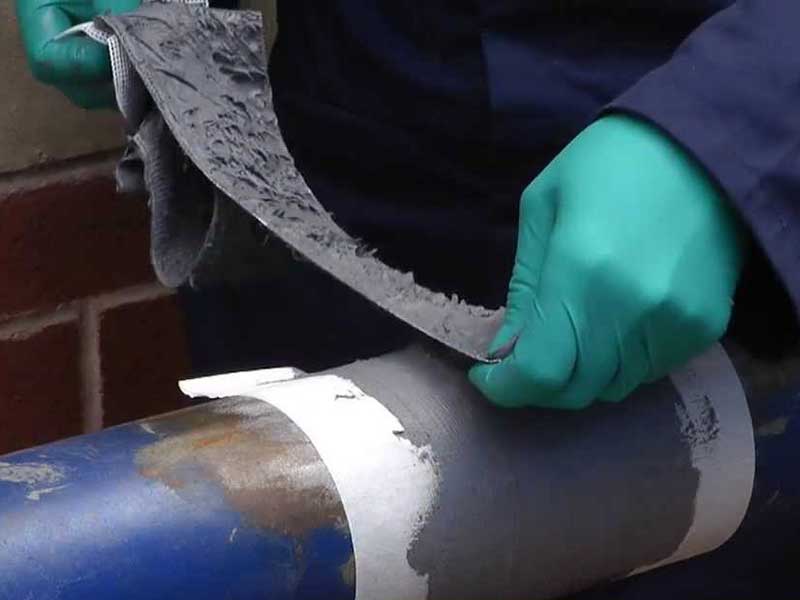
This is the simplest option if the “appearance” of the pipe is far from being as important as its tightness. In this case the operation consists of simple steps:
- First the rag (Mesh) is cut into pieces, then a not too thick cement mortar is made;
- Strips of material are thoroughly soaked in the mixture and then quickly rolled onto the damaged area.
The resulting cocoon is smeared with mortar again and left to dry. It takes about a day for such an almost “concrete structure” to dry. The ready patch is painted.
Self-tapping screws, screws for metal products
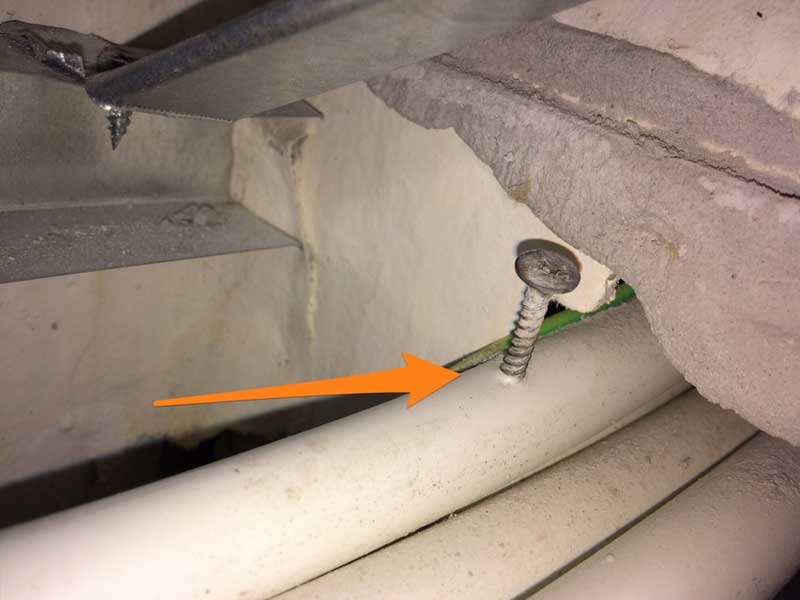
This is another popular option when considering repair of water pipes without welding. It is suitable if the thickness of metal walls is more than 3 mm, and the diameter of the hole appeared no more than the same 3 mm (maximum 4 mm). The role of “plugs” is played by ordinary galvanised self-tapping screws, supplemented with a rubber washer. The operation is quite simple:
- The sections of the pipe near the hole are cleaned of rust with a file or emery paper.
- Then a self-drilling screw is screwed into it. A screwdriver is used to make the operation easier.
It is better to use a cordless tool. The fastener must be chosen so that the part of the screw inside the water pipe is minimal. It is clear that such a repair is still a temporary measure. In order to get a better protection, it is recommended to use a bolt. In this case, the procedure is different. First, several self-tapping screws are threaded into the hole, then a bolt, also fitted with a rubber washer, is screwed into it.
Using a rubberised metal clamp
This method is also used if the hole in the pipe is relatively small. Choose a metal clamp with the same diameter as the damaged water pipe. If there are several leaks in one area, it is advisable to buy a wider metal clamp.
The rubber seal is a compulsory element, so it is better to buy one from the start. However, it is possible to make a self-sealing gasket from a rubberised material with a thickness of at least 3 mm. The recommended width of the self-made gasket is 2-4 mm greater than that of the clamp. The length is 10 mm less than the circumference of the pipe.
Chemical methods of dealing with leaks
This repair of water pipes without welding involves the use of various chemical compositions.
Another name for this product is epoxy composite. It’s a professional putty compound that can fix any small leak quickly and reliably. It contains metal dust that is mixed with epoxy resin.
Different fillers are used: there are metal polymers with aluminium, bronze, steel and titanium. There are compositions with minerals – with carborundum or zircon. Before repairing, the components are combined and quickly applied to the damaged area. Layer thickness is 10 mm. The putty cures in 24 hours. Machining of the dried metal filler is allowed.
Silicone and masking mesh
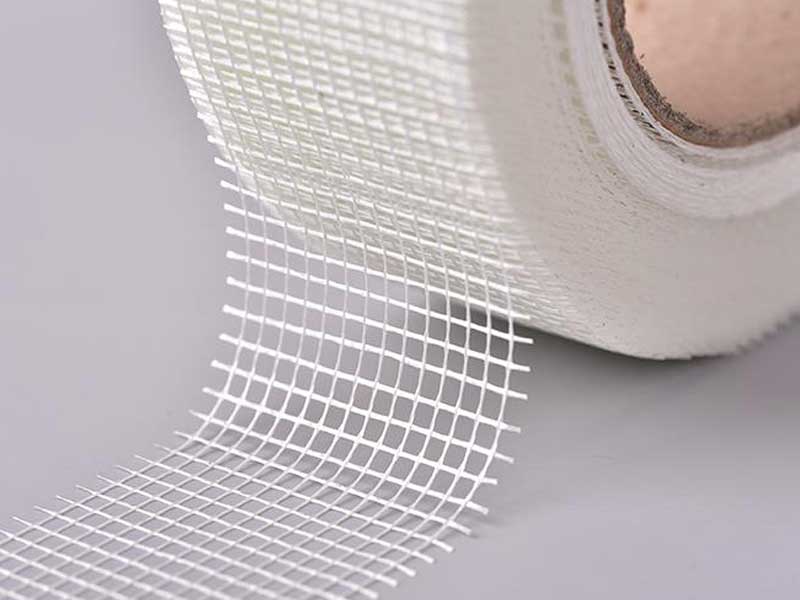
Often the saviours are sealants. More specifically, one type is silicone-based. Its advantages are increased wear resistance and the ability to withstand maximum temperatures (up to 350 °C) without any problems. The second essential element is a painting cloth made of glass fibre.
Repairing water pipes without welding consists of several steps.
- First the damaged surface is cleaned, then a thin layer of sealant is applied to the area: no more than 2-3 mm.
- Then a painter’s cloth is wrapped around the pipe section, flush with the pipe. Then another layer of sealant is applied and reinforcing material is applied, but with a larger overlap: the overlap is 5 mm.
The total recommended number of layers is at least 4. Wrap the fabric as tightly as possible. The last layer is always the sealant. The pipe section should dry but the drying time depends on the type of sealant. Some formulations dry in a few hours, others take a day or more.
Superglue and baking soda: for all pipes
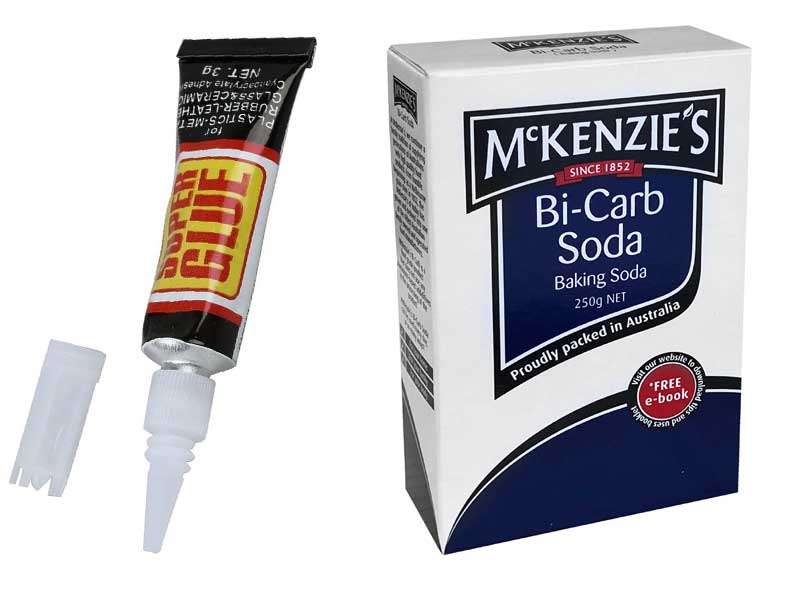
This successful “duo” is universal, as it can be used for plastic and metal water pipes. However, there are prerequisites: the damage to the area must be minimal and the surface requires quality pre-treatment. First the problem area is deburred with a file (grinder), then the dirt and dust is removed and the surface is degreased with any solvent.
- The first layer of paint cloth is wrapped around the damaged area. A layer of baking soda is applied.
- Then this operation is repeated twice more as 3 layers of cloth/soda are needed.
- The last step is to apply the adhesive. For example, with a small spatula.
The instant compound reacts instantly with the baking soda to form a maximum-strength film that water cannot destroy. If the damage is not a hole, but a crack, it is done in a different way. The soda is hammered into it and the glue is applied on top.

